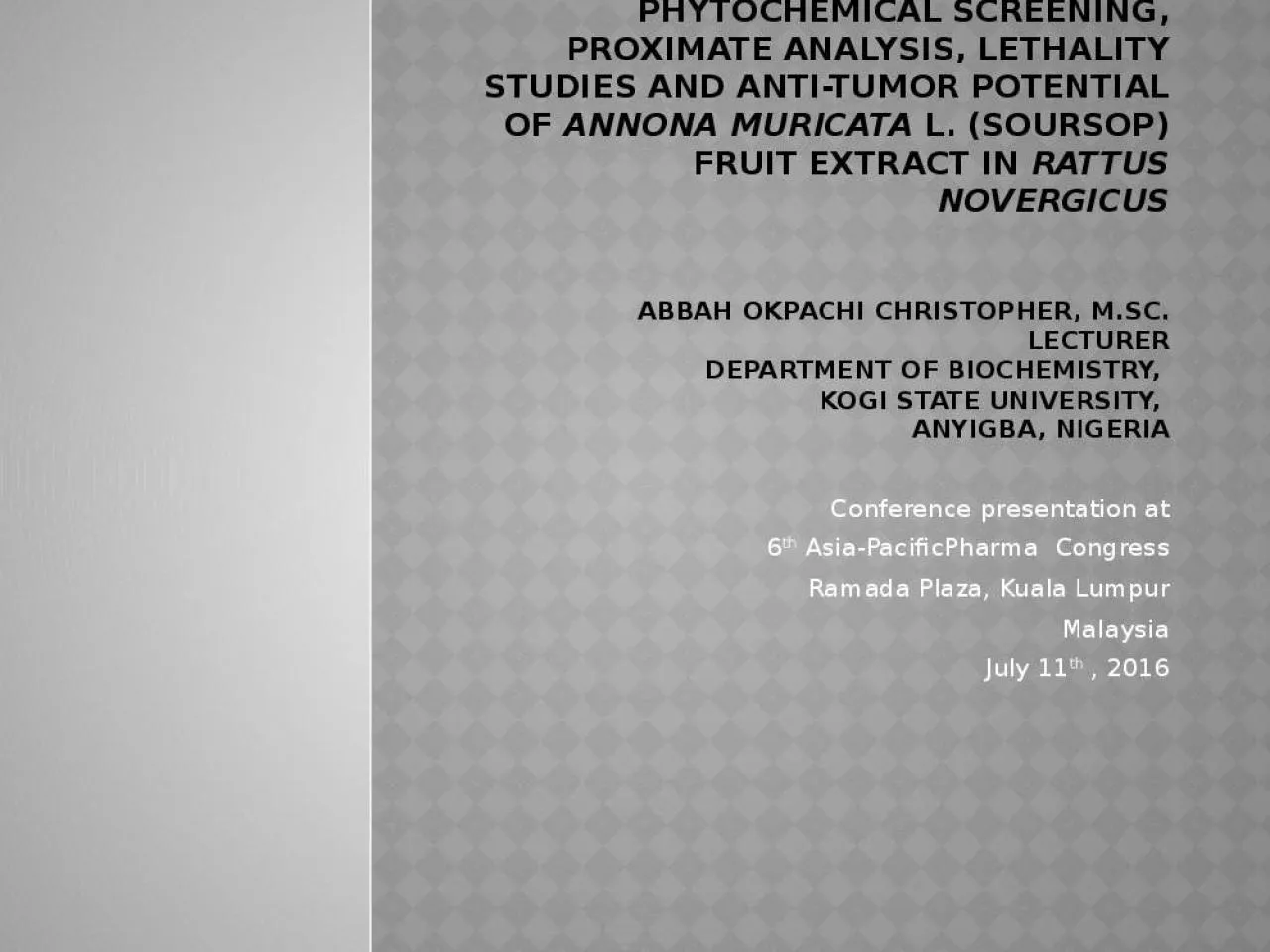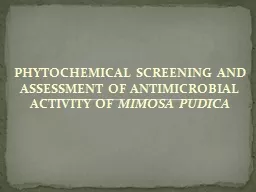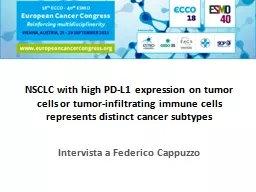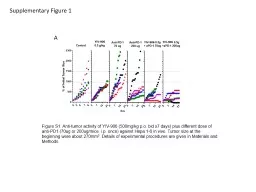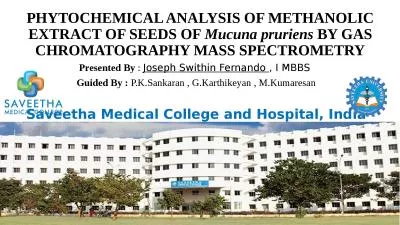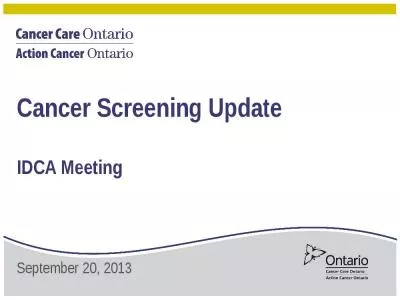PPT-Phytochemical screening, proximate analysis, lethality studies and anti-tumor potential
Author : susan | Published Date : 2022-02-14
Annona muricata L soursop fruit extract in Rattus novergicus Abbah Okpachi Christopher msc lecturer Department of Biochemistry Kogi State University Anyigba
Presentation Embed Code
Download Presentation
Download Presentation The PPT/PDF document "Phytochemical screening, proximate anal..." is the property of its rightful owner. Permission is granted to download and print the materials on this website for personal, non-commercial use only, and to display it on your personal computer provided you do not modify the materials and that you retain all copyright notices contained in the materials. By downloading content from our website, you accept the terms of this agreement.
Phytochemical screening, proximate analysis, lethality studies and anti-tumor potential: Transcript
Download Rules Of Document
"Phytochemical screening, proximate analysis, lethality studies and anti-tumor potential"The content belongs to its owner. You may download and print it for personal use, without modification, and keep all copyright notices. By downloading, you agree to these terms.
Related Documents

